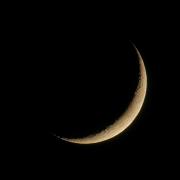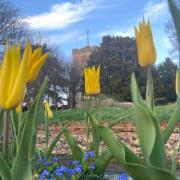
One day I was waiting for my mother to pick me up from school and I spotted a house with a large bird feeding table situated in the front of the garden.
There I spotted two ring-necked parakeets. The birds came in their emerald hued feathers, and filled the air with a soul-nourishing melodious chorus as I stared into their gamboge eyes. At that moment I knew I wanted to find out more about these creatures so I went on the RSPB website and found out there is a Big Garden Bird watch taking place.
The 40th annual RSPB (Royal Society for the Protection of Birds) bird watch is taking place from the 25th to 27th January with over half a million people participating. The Big Garden Bird watch allows the RSPB to monitor trends and understand how birds are doing.
As the survey format has stayed the same, the scientific data gathered each year makes results very important to scientists. The bird watch was one of the first surveys to alert the RSPB to the decline of the number of song thrushes. From 1979 to 2019 the number of thrushes seen in gardens had decreased by 76%.
There are three simple steps to taking part. Watch the birds for an hour from the 25th to 27th in your garden or Local Park. Count the most birds that land at once. To prevent double counting the RSPB advises that you count the birds that land in your garden and no those flying over. The same birds may land more than once so they say to record the ‘highest number of bird species you see at one time.’
Tell the RSPB what you saw. Observing which birds are not present is just as important as seeing ones that are. Results can be submitted online on the official website rspb.org.uk/birdwatch from the 25thJanuary until the 16thFebruary.
Different birds have different feeding habits and food preferences. Blackbirds enjoy mealworms whereas Blue Tits prefer seeds and nuts. There is a pack you can order on the RSPB website with everything needed for an immensely powerful experience.
by Yuvraj Gill



























